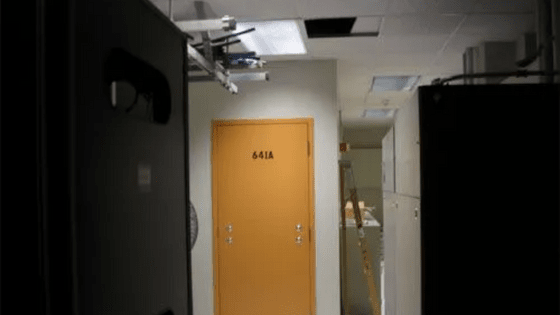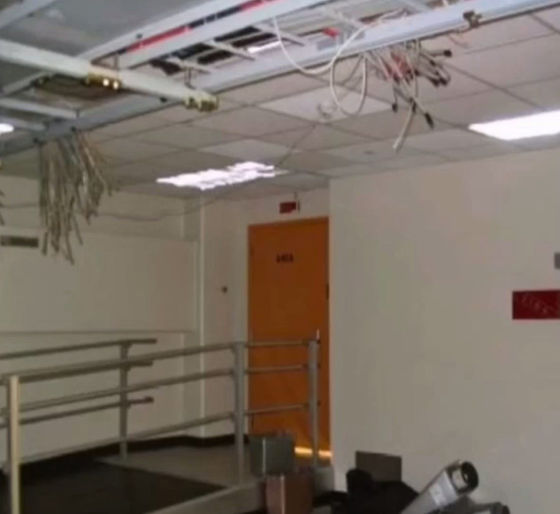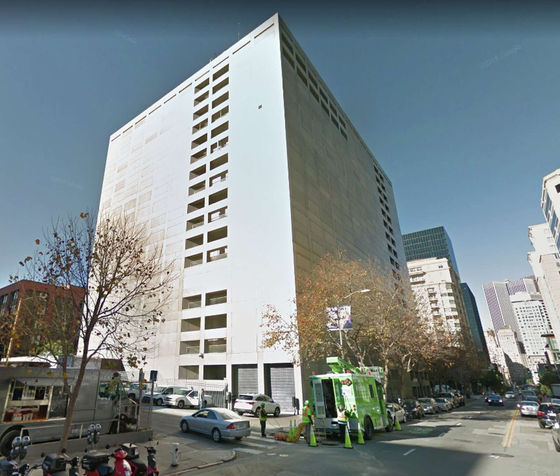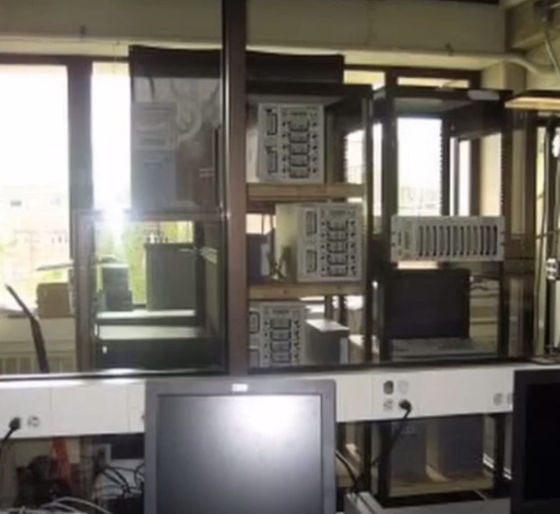What is the mysterious room 'Room 641A'?

A '
What Is Inside Room 641A - by Brian Harris
https://covertaccessteam.substack.com/p/what-is-inside-room-641a
In the early 2000s, Mark Klein was a career telecommunications engineer working for AT&T in San Francisco, responsible for maintaining network equipment and keeping the internet running smoothly.
In 2003, while assigned to the AT&T facility at 611 Folsom Street, Klein noticed some strange things: unusual wiring diagrams, secret construction work, and a door marked 'Room 641A' that had no handle and was only accessible to those with National Security Agency (NSA) clearance.

In 2006, Klein exposed the true nature of Room 641A. According to Klein, Room 641A's fiber optic splitters were physically installed in AT&T's critical infrastructure, duplicating all data traffic, including email, phone calls, and internet searches, and forwarding it to Room 641A. These splitters did not distinguish between international and domestic traffic; all communications were copied, from local
'The NSA has control over everything, not just AT&T customer traffic, but the main conduit that carries everyone's communications,' Klein said.
The idea that the NSA was eavesdropping on information from around the world sparked public interest and led to speculation that similar rooms to Room 641A existed across the United States.

More than 50 lawsuits have been filed against various telecommunications companies, but the George W. Bush administration intervened to amend
In 2006, the Electronic Frontier Foundation filed a class action lawsuit against AT&T. The lawsuit was dismissed by the district court on the grounds that AT&T had failed to show that its cooperation with the NSA had incurred any legal liability. Furthermore, Klein had no involvement in the operation of the rooms, and the court can only speculate as to what data was actually processed, by whom, and for what purpose. The judgment remains final.
'This was not a case of malware infiltrating systems, nor was it a database breach due to a weak password. This was a breach of physical infrastructure, achieved through a collaboration between private companies and intelligence agencies, hidden in plain sight and capable of circumventing all traditional digital safeguards. This is the weak link in modern digital security: the assumption that physical infrastructure is secure and trustworthy was shattered in Room 641A,' Harris said.

On Hacker News, in a discussion about whether it would be better to decentralize the AWS US-EAST-1 system where the outage occurred , someone mentioned , 'It could be their room 641A, so there's no point in discussing what the system should be like.'
Regarding systems like Room 641A, Harris pointed out, 'The lack of transparency breeds systematic abuse. AT&T employees were forbidden to ask questions, the room was sealed off, and there was no audit trail, no public oversight, and no meaningful legal process. This is not a technology issue, it's a failure of governance. Unless we fix this, we will see more Room 641A's in the future. Unlike removable malware, physical eavesdropping devices can operate undetected indefinitely. Once installed, they are virtually invisible unless you physically inspect them and suspect their presence, as Klein did.'
Related Posts:
in Posted by log1p_kr







